Your Guide to Arteriosclerosis Stem Cell Treatment in Japan

Arteriosclerosis, or the hardening of the arteries, is a condition that affects millions of people worldwide, restricting blood flow and increasing the risk of heart attack and stroke. While traditional treatments like medication and surgery focus on managing symptoms, many patients are looking for something that addresses the root cause. This is where stem cell therapy for arteriosclerosis in Japan comes into the picture.
Japan is a global leader in regenerative medicine, offering advanced treatments that are strictly regulated for safety and quality. If you are wondering if this innovative therapy can help restore your vascular health, you are not alone. In this guide, we will walk you through everything you need to know—from how it works and the top clinics to the costs involved—so you can make an informed decision about your health.
What is stem cell therapy for arteriosclerosis?
This therapy is distinct from traditional surgeries like stenting or bypass, which mechanically open blocked arteries. Instead, stem cell therapy aims to regenerate the biological function of the vessels. The treatment primarily uses Mesenchymal Stem Cells (MSCs), which have a unique ability to home in on damaged tissues.
Once inside the body, these cells release growth factors and cytokines. These biological signals help reduce the chronic inflammation that drives arterial hardening. Additionally, they stimulate the repair of the endothelial lining—the inner wall of the artery—helping to restore flexibility and improve overall blood flow.
Why choose Japan for regenerative medicine?
Japan has established itself as a powerhouse in the field of biotechnology. Unlike many other countries where regulations can be gray or non-existent, Japan has a clear legal framework enacted by the Ministry of Health, Labour and Welfare (MHLW). This means that any clinic offering regenerative medicine must submit a detailed provision plan and receive government approval before treating patients.
For international patients, this offers peace of mind. You are not visiting a "wild west" of medical experiments; you are entering a system where the cultivation and administration of stem cells are monitored for quality and safety. This high standard is a primary reason why patients from the US, Europe, and Asia travel to Japan for vascular treatments.
Is stem cell therapy for arteriosclerosis available in Japan?
Several clinics in major cities like Tokyo, Osaka, and Kyoto offer these specialized services. They typically focus on using the patient's own (autologous) cells to minimize rejection risks. While the therapy is available, it is important to note that it is usually classified as a self-funded medical treatment, meaning it is not covered by standard Japanese national health insurance for international tourists.
Availability can depend on the specific progression of your condition. Clinics often require a preliminary review of your medical records, including angiograms or ultrasound results, to determine if their specific stem cell protocol is suitable for your stage of arteriosclerosis.
What is the cost of stem cell therapy for arteriosclerosis in Japan?
Medical costs in Japan are transparent but can be higher than in other medical tourism destinations due to the strict regulatory compliance and high technology costs. A standard treatment package usually includes the initial consultation, pre-treatment testing, the cell harvesting procedure, cell culturing (which takes several weeks), and the final infusion.
Below is a detailed cost comparison table to help you budget for the treatment:
| Treatment Level | Estimated Cost (USD) | Inclusions |
|---|---|---|
| Basic Systemic Infusion | $15,000 - $20,000 | Consultation, 100-200 million stem cells, IV administration. |
| High-Dose / Multi-Session | $25,000 - $40,000 | Consultation, 300+ million cells, multiple infusions, advanced checkups. |
| Combination Therapy | $30,000 - $45,000+ | Stem cells + Exosomes or other regenerative factors. |
What types of stem cells are used for this treatment?
While Japan is famous for Nobel Prize-winning iPS (induced pluripotent stem) cell research, clinical use of iPS cells is still largely restricted to clinical trials and specific hospitals. For private patients seeking treatment for vascular conditions, ADSCs are the gold standard. These cells are taken from a small sample of your own fat, usually from the abdomen.
Some clinics may also offer bone marrow-derived stem cells, but fat-derived cells are often preferred because they yield a higher count of Mesenchymal Stem Cells (MSCs) and the harvesting process is less invasive and painful for the patient.
How does the procedure work?
This process is designed to be minimally invasive. The first visit involves a thorough health check and blood work. Once cleared, the doctor performs a mini-liposuction, which takes about 30 minutes. You can usually leave the clinic immediately after this step.
The most crucial part happens in the lab, where your cells are processed and expanded into millions of active stem cells. This culturing period requires you to either stay in Japan or return for the second visit. During the final step, the cells are infused into your bloodstream, where they circulate and target areas of vascular inflammation and damage.
What are the success rates for treating arteriosclerosis?
It is important to manage expectations. Stem cell therapy is not a "drain cleaner" that washes away all plaque instantly. Instead, studies suggest it helps stabilize plaque and repair the vessel walls to prevent further hardening. Clinical data and patient testimonials often highlight improvements in the ankle-brachial index (a measure of blood flow in the legs) and overall cardiovascular endurance.
Success varies significantly based on the severity of the disease and the patient's lifestyle. Patients who combine the therapy with diet changes and exercise tend to see the most significant and long-lasting results.
Are there any risks or side effects?
Because the cells are autologous (your own), your immune system recognizes them, avoiding the severe rejection issues seen in organ transplants. Japan's strict sterility regulations further minimize the risk of infection during the culture and injection process.
However, as with any medical procedure involving IVs or injections, there is a slight risk of bleeding or infection at the injection site. Doctors will screen you beforehand to ensure you do not have active infections or cancers that could complicate the therapy.
How long does the treatment take?
If you are traveling from abroad, you have two options. You can stay in Japan for the entire month and enjoy a vacation while your cells are being cultured. Alternatively, many patients make two shorter trips: a 2-3 day trip for the initial harvest and another 2-3 day trip about a month later for the treatment.
The infusion appointment itself is relatively quick, usually lasting between 1 to 2 hours. You are typically monitored for a short period afterwards and can return to your hotel the same day.
Who is a good candidate for this therapy?
Doctors look for patients who have good overall organ function despite their vascular issues. If you are suffering from symptoms like cold hands and feet, pain while walking (claudication), or have a family history of heart disease, you might be a strong candidate.
However, this therapy is rarely recommended for patients in critical, life-threatening stages who require immediate emergency surgery like a bypass. It is best viewed as a regenerative, preventative, or maintenance therapy rather than an emergency intervention.
How does stem cell therapy compare to bypass surgery?
Bypass surgery is often necessary for critical blockages that pose an immediate threat to life. It is a structural fix. Stem cell therapy is a biological fix. It works on a cellular level to improve the environment inside the blood vessels.
Many patients choose stem cell therapy to avoid the trauma of open-heart surgery or as a complementary treatment to improve the health of the smaller vessels that surgery cannot reach. It offers a much shorter recovery time, with most patients resuming normal light activities within a day or two.
Can this therapy reverse arteriosclerosis?
The term "reverse" can be misleading. Once an artery has turned into bone-like calcium, it is hard to turn it back into soft tissue completely. However, the therapy is excellent at healing the "soft" plaque and the inflamed endothelial lining that leads to the hardening.
By reducing the inflammation, the progression of the disease stops, and the vessel walls can regain some of their ability to expand and contract. This functional improvement is often what patients feel as a "reversal" of their symptoms.
Do Japanese clinics speak English?
Clinics in Tokyo and Osaka are well-versed in medical tourism. They understand that communication is vital for comfort and safety. You will typically be assigned a patient coordinator who guides you through the entire process, from the first email inquiry to the post-treatment discharge instructions.
Documents, consent forms, and medical reports are usually provided in English as well. It is always a good idea to confirm this during your initial inquiry to ensure you feel 100% comfortable with the language support.
What is the recovery time?
Unlike major vascular surgeries that require weeks or months of rehabilitation, stem cell therapy is an outpatient procedure. You walk in and walk out. The liposuction site (usually the abdomen) may feel sore, like a bruise, for a few days, but this rarely requires strong pain medication.
Doctors usually recommend resting for the remainder of the treatment day. By the next day, you can usually explore the city, provided you take it easy and avoid heavy lifting or intense gym sessions.
How do I get started with treatment?
The process begins with information gathering. You cannot simply book a flight and walk in. The clinic's medical team needs to review your specific case to ensure you will benefit from the treatment. This remote consultation is often free or requires a small deposit.
Once deemed a candidate, you will work with the clinic to schedule your dates. Given the time required for cell culture, planning 1-2 months in advance is typical to ensure the lab is ready for your specific timeline.
Ready to explore your options for heart health?
If you are considering stem cell therapy for arteriosclerosis and want to connect with top-rated, government-approved clinics in Japan, PlacidWay can help guide you through the process. We assist patients in finding the right medical solutions globally, ensuring transparency and quality care.


.png)
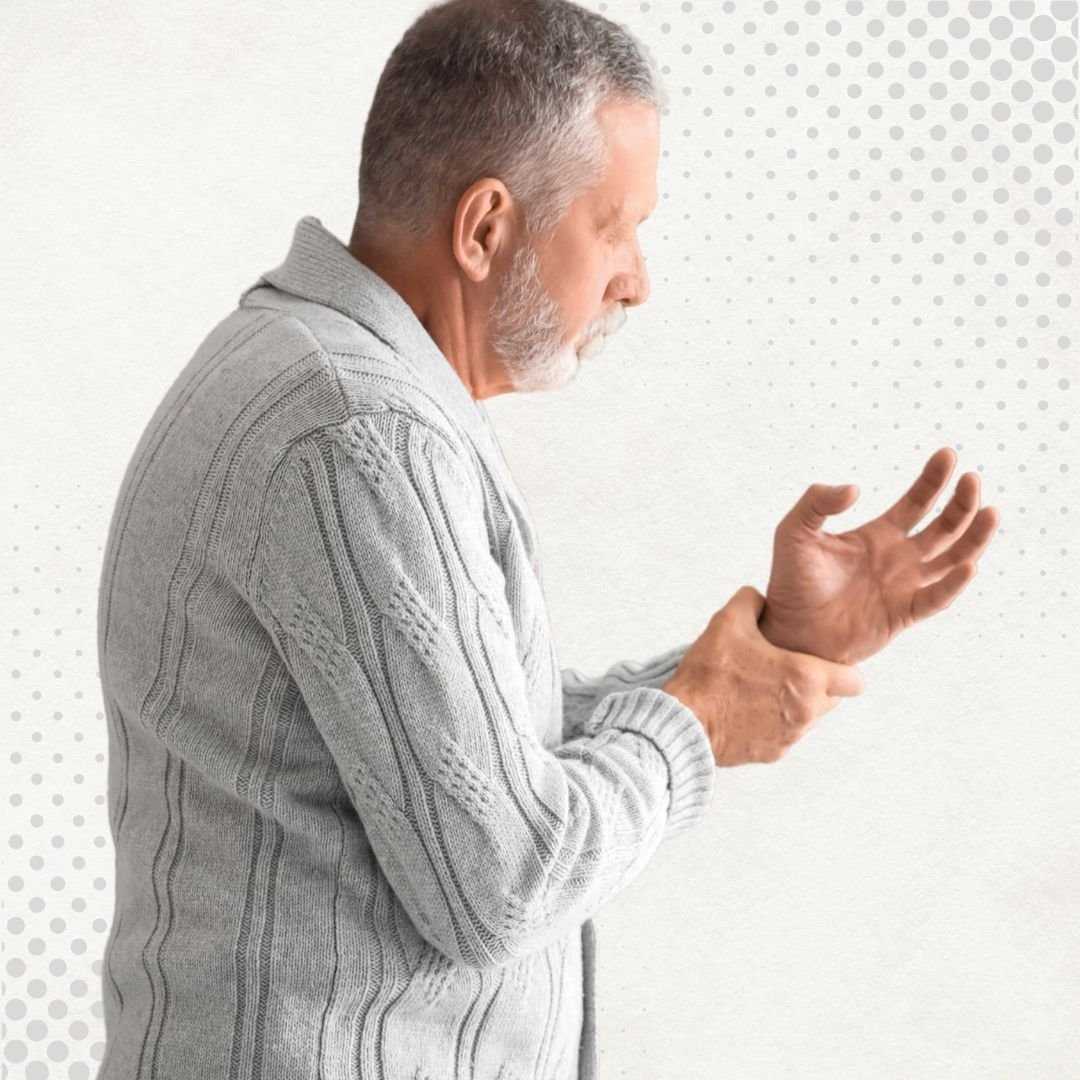



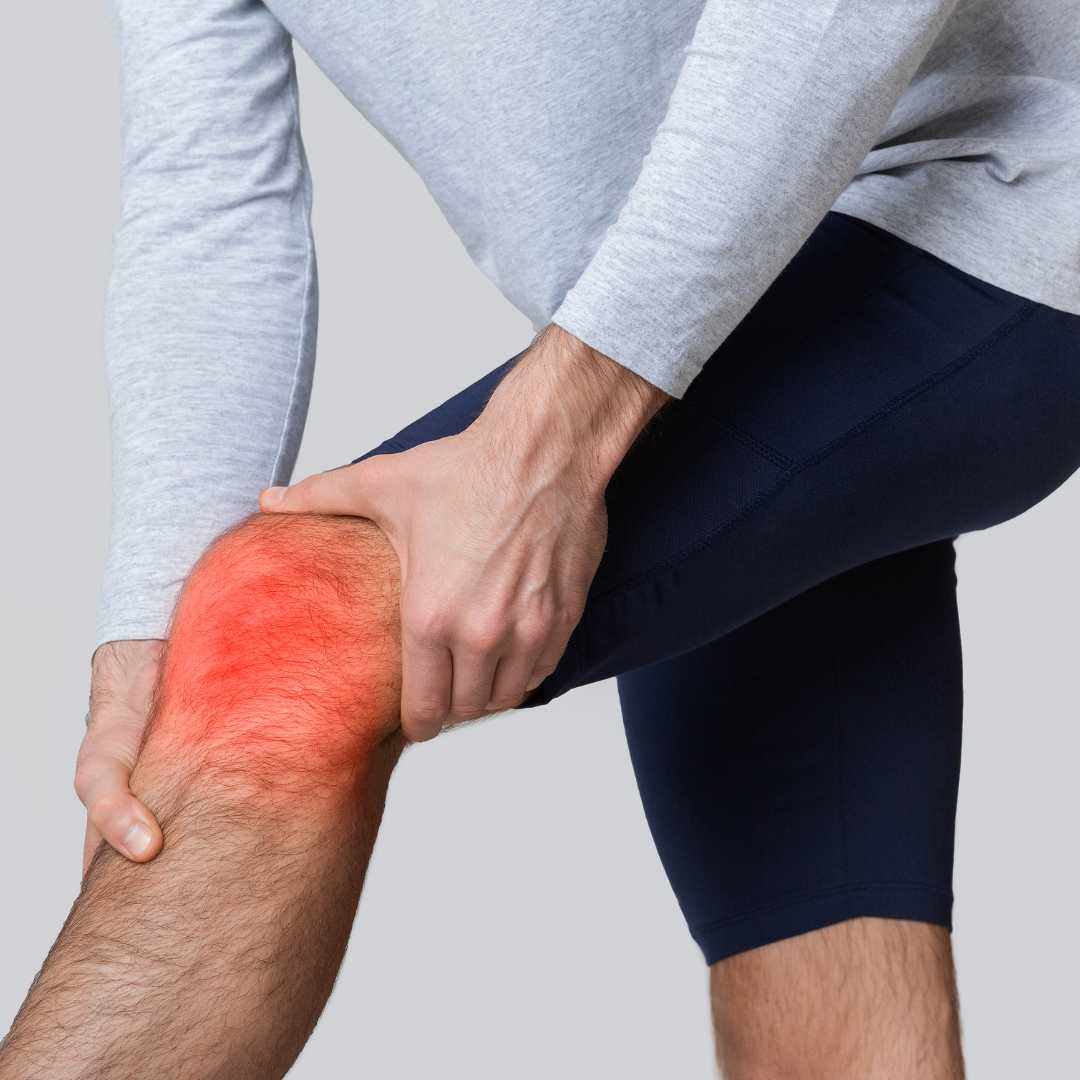




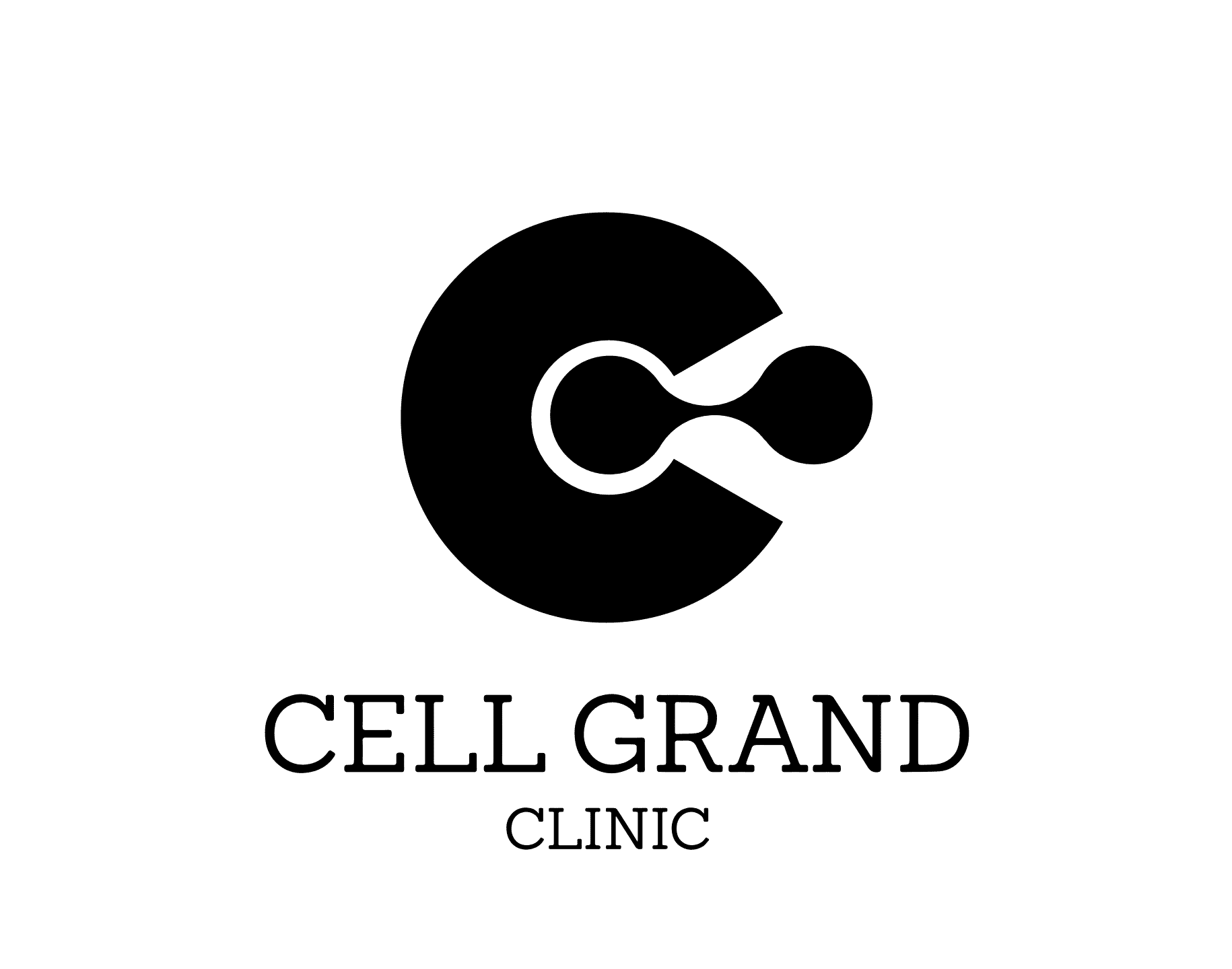
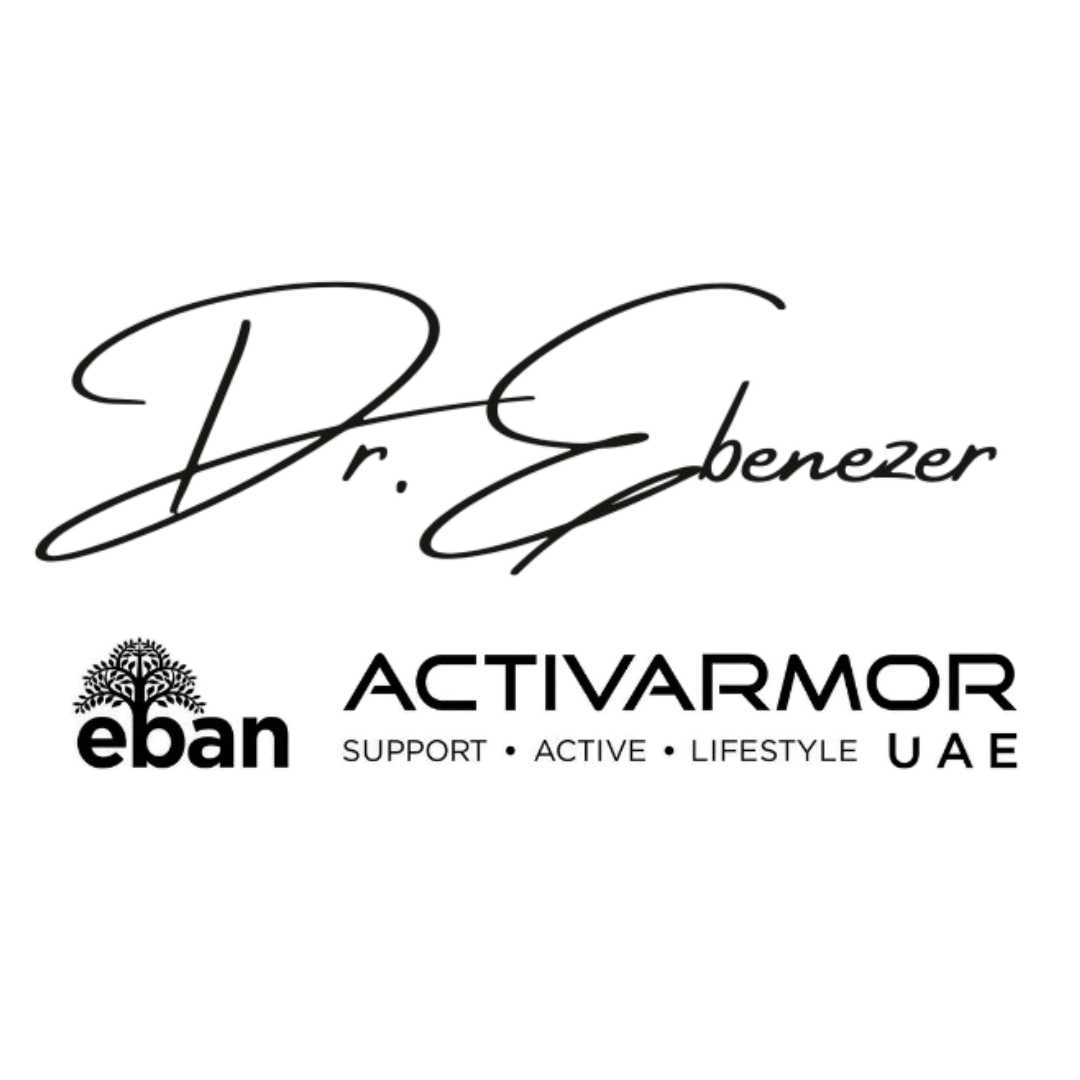
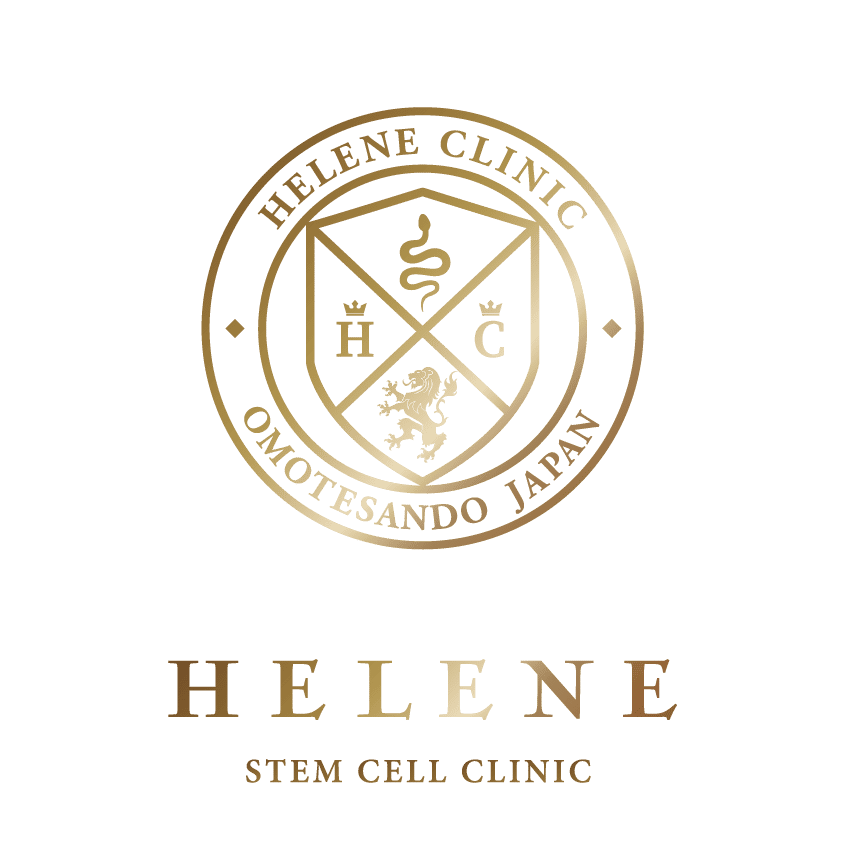

Share this listing